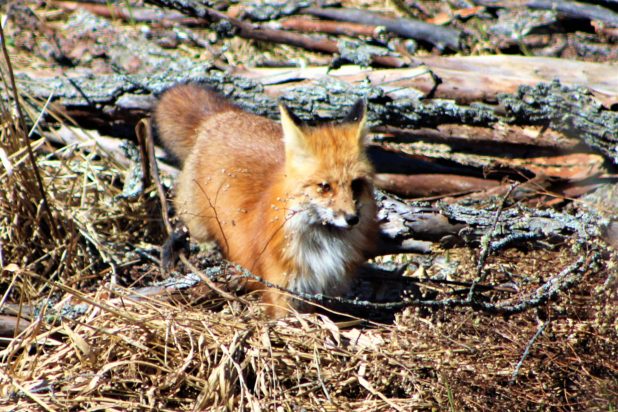Commentary
Homegrown
May 28, 2019

May 28, 2019
By Nate Smelle
Ask anyone who has grown a garden, and they will likely tell you that there is nothing more delicious than the food sprouted from their own soil. From preparing the earth to plant in the spring until the fall harvest, the amount of time and energy one needs to invest to appreciate this experience themselves is more than many are willing and able to give.
Each spring I make a point of getting my hands dirty in an attempt to enjoy food from the land where I live. Depending on the weather, as well as the time and space I have to devote to the process, some years this endeavour winds up being more productive than others. One of the nice things about gardening is that you don’t need to be an expert to have it turn out in your favour. With the right conditions and a bit of luck even someone who has never planted a seed can produce more food than they can handle.
Last year for instance I did not have enough time on my hands in the spring to grow the garden of my dreams. Rather than doing nothing I decided to put aside a couple hours after work one day to dig up a couple small plots in the front yard. Once the beds were prepped I randomly scattered an assortment of heirloom tomato and butternut squash seeds that I collected from a community garden in Niagara a couple years ago. Without the time to nurture the seeds and care for the plants properly my expectations in terms of the projected yield were low.
Checking in on the plots every time I arrived home, it only took about two weeks for the first seeds to sprout. A couple weeks later the strongest and healthiest plants began to establish themselves. Noticing that some of the seedlings were being overshadowed by the larger ones, I took 20 minutes to carefully pull these smaller plants and spread them out throughout the plot. With too many plants growing for the space I had available, I spent the rest of the hour transplanting the remaining plants into pots. From that point on, I probably spent an additional three or four hours throughout the rest of the growing season, picking suckers, tying up plants, watering and harvesting the fruits of my limited labour.
Starting my experiment in foodscaping earlier this year, I decided to add a couple more plots to the garden. As I began turning the soil I noticed that somehow there were already a handful of tomato seedlings poking up from the soil. Seeing these plants take such initiative to help me expand the garden, reminded me of a conversation I had with permaculturists Laurie Ann Storring and Richard Baynes in their garden back in 2013.
Surrounded by more organic vegetables and fruit than I had ever seen growing in one place at the time, I asked Storring to share her secret to success. After recommending that I read anything by permaculturist Bill Mollison or Dr. Vandana Shiva, she told me that it ultimately comes down to connecting with the land where you intend to grow … and of course trial and error. By simply observing where and when the sun shined and the water flowed, Storring and Baynes figured out the best locations on-site to plant specific fruits and vegetables. She explained further how as their awareness of the land grew, so did their ability to inspire the soil to flourish with food.
Establishing a growing space as abundant as theirs’ is obviously not something that can happen overnight. It takes several growing seasons to build such a rich understanding and respond accordingly. Yet, spotting these early-rising tomatoes in the garden before I had planted a single seed reminded me of how important it is to pay attention to the way your garden grows from year to year.
Recognizing that the changing climate is increasing food insecurity by making it more difficult and less cost-effective to foolishly grow food thousands of kilometres away from our stomachs, these type of lessons are becoming more valuable with every growing season that passes. With an evolving awareness of place, as well as a little care, compost, and cooperation from pollinators, each of us can learn what it takes to grow the food that sustains us, where we live.
Every little bit of nourishment we can sprout on our own helps us build food security, and reduce our dependency on unsustainable and often toxic food sources, while at the same time fighting climate change.




















